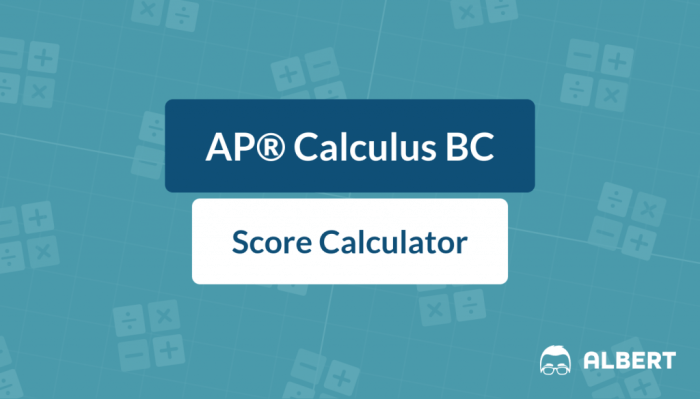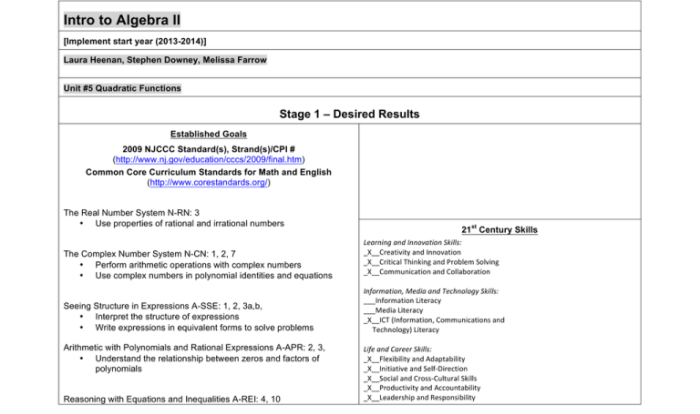Ftce prek 3 practice test – Get ready to conquer the FTCE PreK-3 exam with our comprehensive practice test. This guide will provide you with a deep dive into the test’s structure, content, and strategies to help you excel. Let’s embark on this journey to success!
Understanding FTCE PreK-3 Practice Test
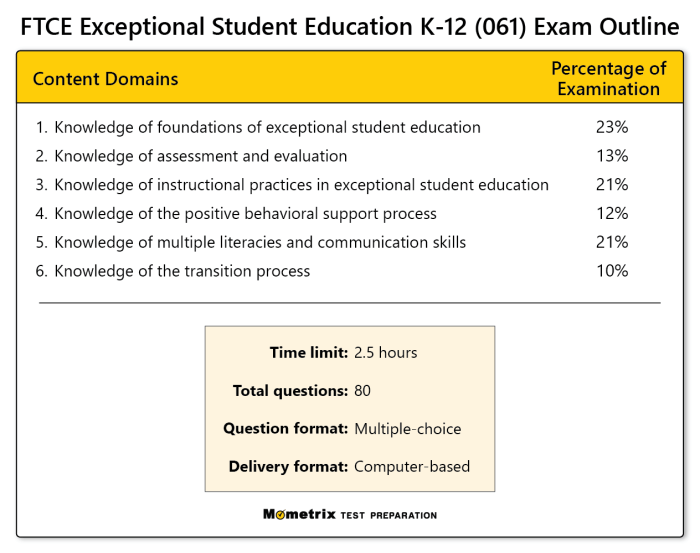
The FTCE PreK-3 practice test is a valuable tool for educators seeking certification in early childhood education. It provides an opportunity to familiarize oneself with the content and format of the actual exam, gauge areas of strength and weakness, and identify areas for improvement.
Taking a practice test offers numerous benefits, including:
- Improved test-taking skills and confidence
- Identification of strengths and weaknesses
- Familiarization with the test format and content
li>Development of time management strategies
Tips for Preparing for the Practice Test
To effectively prepare for the FTCE PreK-3 practice test, consider the following tips:
- Review the test specifications:Understand the content areas and question types covered on the exam.
- Study the content:Focus on key concepts and principles in child development, early childhood education, and related areas.
- Take practice tests:Utilize available practice tests to simulate the actual exam experience.
- Time yourself:Practice answering questions within the allotted time frame.
- Analyze your results:Identify areas where you need improvement and focus your studies accordingly.
Content Covered in the Practice Test
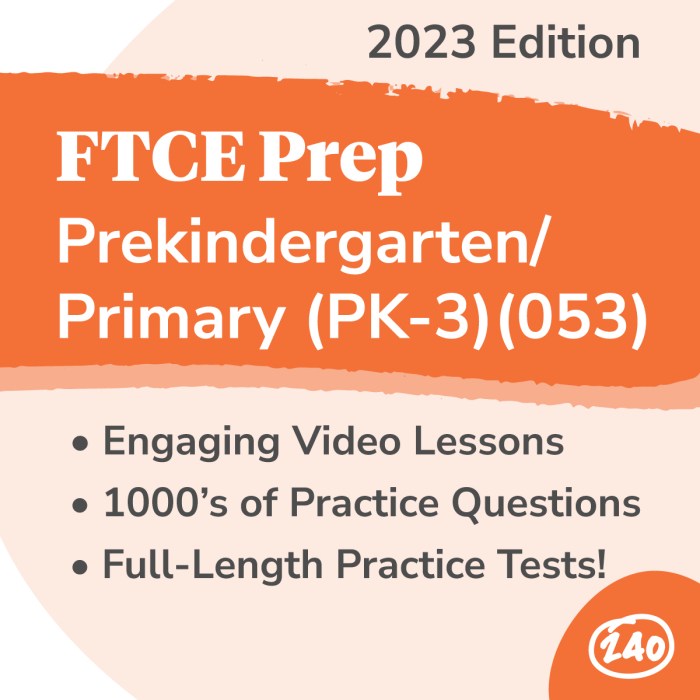
The FTCE PreK-3 practice test covers a comprehensive range of domains essential for teaching and working with young children in preschool settings. These domains encompass key concepts and skills that educators need to possess to effectively support the development and learning of young learners.
Domain 1: Child Growth and Development
This domain assesses knowledge of the physical, cognitive, social, and emotional development of children from birth to age 5. Candidates are expected to understand the typical developmental milestones and variations, as well as factors that influence child development.
- Key concepts: Prenatal development, gross and fine motor skills, language acquisition, cognitive development, social-emotional development
- Example question: Describe the typical milestones for cognitive development in children between the ages of 2 and 3.
Domain 2: Principles of Learning and Development
This domain focuses on the principles and theories that guide effective teaching and learning practices for young children. Candidates must demonstrate an understanding of how children learn, how to create developmentally appropriate environments, and how to assess children’s progress.
- Key concepts: Constructivism, play-based learning, scaffolding, assessment techniques
- Example question: Explain the importance of play in early childhood education and provide examples of how play can be used to promote learning.
Domain 3: Curriculum and Instruction
This domain assesses knowledge of curriculum development, planning, and implementation for preschool children. Candidates must be able to design and deliver age-appropriate lessons that meet the needs of all learners and align with established standards.
- Key concepts: Curriculum frameworks, lesson planning, differentiated instruction, technology integration
- Example question: Describe the elements of a well-designed lesson plan for a preschool classroom.
Domain 4: Assessment and Evaluation, Ftce prek 3 practice test
This domain emphasizes the importance of ongoing assessment and evaluation in early childhood education. Candidates must be able to use a variety of assessment techniques to monitor children’s progress, identify areas of need, and make informed decisions about instruction.
- Key concepts: Observation, portfolios, developmental screenings, standardized testing
- Example question: Explain the benefits and limitations of using portfolios to assess children’s learning.
Domain 5: Professionalism and Collaboration
This domain assesses candidates’ understanding of ethical and professional standards in early childhood education, as well as their ability to collaborate effectively with colleagues, parents, and the community.
- Key concepts: Ethical guidelines, confidentiality, cultural competence, family engagement
- Example question: Describe the ethical considerations involved in working with young children and their families.
Practice Test Structure and Format

The FTCE PreK-3 practice test is designed to mirror the actual exam’s structure and format. It consists of 120 multiple-choice questions, divided into four subtests: Language and Literacy, Mathematics, Science, and Social Studies. Each subtest has a specific number of questions and a designated time limit.
Tackling the FTCE PreK-3 practice test can be a daunting task, but with the right preparation, you can ace it. If you’re looking for a break from studying, check out the AP Calc BC Unit 9 review to brush up on your calculus skills.
Then, come back refreshed and ready to conquer the FTCE PreK-3 practice test with confidence.
Question Types
The practice test includes a variety of question types, including:
- Multiple-choice questions with four answer options
- Short-answer questions
- Open-ended questions
- Drag-and-drop questions
- Fill-in-the-blank questions
Test Structure
The table below summarizes the structure and format of the FTCE PreK-3 practice test:| Subtest | Number of Questions | Time Limit ||—|—|—|| Language and Literacy | 30 | 60 minutes || Mathematics | 30 | 60 minutes || Science | 30 | 60 minutes || Social Studies | 30 | 60 minutes |Total | 120 | 240 minutes |
Benefits of Using Practice Tests

Practice tests are essential tools for improving your performance on the FTCE PreK-3 exam. By simulating the actual test environment, practice tests help you develop the skills and strategies you need to succeed.
Identifying Strengths and Weaknesses
Practice tests provide a valuable opportunity to identify your strengths and weaknesses. By reviewing your results, you can pinpoint areas where you excel and areas where you need additional preparation. This information allows you to focus your studies and improve your overall performance.
Accessing and Using Practice Tests: Ftce Prek 3 Practice Test
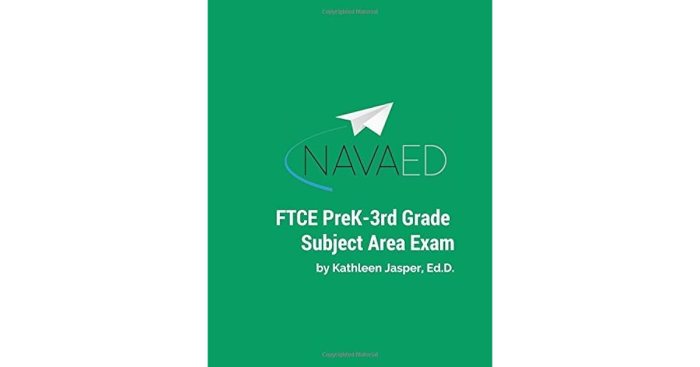
Finding reliable and official FTCE PreK-3 practice tests is crucial for effective preparation. Official sources, such as the Florida Department of Education, provide authentic practice materials that closely resemble the actual exam. Additionally, reputable test preparation companies offer comprehensive practice tests aligned with the exam’s content and format.
Tips for Effective Practice
To maximize the benefits of practice tests, it’s essential to approach them strategically:
- Time Management:Time yourself during practice tests to simulate the actual exam conditions. This helps you develop pacing strategies and identify areas where you need to improve.
- Review Techniques:After completing each practice test, thoroughly review your answers and identify areas where you need additional support. Focus on understanding the concepts tested rather than just memorizing the answers.
- Simulate Test-Day Conditions:Create a testing environment similar to the actual exam. Find a quiet space, minimize distractions, and use a computer or tablet to take the practice test.
Additional Resources for Preparation

In addition to the practice test, there are numerous resources available to support your preparation for the FTCE PreK-3 exam. These resources include websites, books, study guides, and other materials.
Websites
* Florida Department of Education:The official website of the Florida Department of Education provides information about the FTCE PreK-3 exam, including the content covered, registration procedures, and test dates.
Pearson VUE
Pearson VUE is the testing vendor for the FTCE PreK-3 exam. Their website provides information about the exam, registration procedures, and test preparation resources.
Florida Education Association
The Florida Education Association (FEA) is a professional organization for educators in Florida. The FEA website provides resources for educators, including information about the FTCE PreK-3 exam.
Books
* FTCE PreK-3 Exam Secrets Study Guide:This book provides a comprehensive review of the content covered on the FTCE PreK-3 exam. It includes practice questions and answer explanations.
FTCE PreK-3 Exam Flashcard Study System
This book provides flashcards that cover the key concepts tested on the FTCE PreK-3 exam.
FTCE PreK-3 Exam Practice Questions
This book provides practice questions and answer explanations for the FTCE PreK-3 exam.
Study Guides
* FTCE PreK-3 Exam Study Guide:This study guide provides a comprehensive review of the content covered on the FTCE PreK-3 exam. It includes practice questions and answer explanations.
FTCE PreK-3 Exam Practice Tests
This study guide provides practice tests and answer explanations for the FTCE PreK-3 exam.
FTCE PreK-3 Exam Tutoring
This study guide provides tutoring services for the FTCE PreK-3 exam.
Other Materials
* FTCE PreK-3 Exam Study Groups:There are many FTCE PreK-3 exam study groups available online and in person. These groups can provide support and motivation for your preparation.
FTCE PreK-3 Exam Tutors
There are many FTCE PreK-3 exam tutors available who can provide individualized support for your preparation.When selecting resources, it is important to consider your individual needs. If you are struggling with a particular content area, you may want to focus on resources that provide additional practice in that area.
If you are short on time, you may want to focus on resources that provide quick and easy access to information.
Answers to Common Questions
How long is the FTCE PreK-3 practice test?
The practice test typically mirrors the actual exam’s duration, which is around 3 hours.
What types of questions are included in the practice test?
The practice test covers a range of question formats, including multiple-choice, short answer, and constructed response.
Can I take the practice test multiple times?
Yes, it’s recommended to take the practice test multiple times to improve your familiarity and identify areas for improvement.
